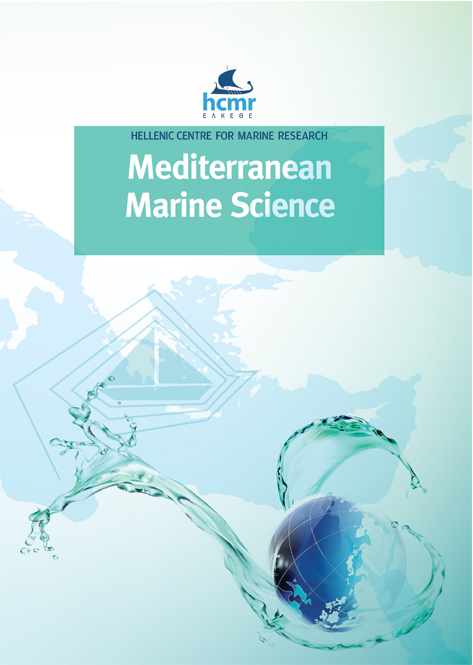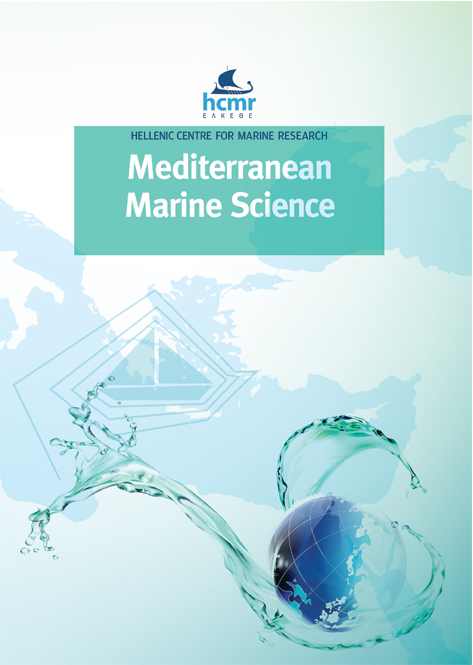Loggerhead sea turtle, Caretta caretta, presence and its exposure to floating marine litter in the Sardinia Channel and the Strait of Sicily: results from seven years of monitoring using ferry as platform of observation
Abstract
The loggerhead turtle is the most common sea turtle species in the Mediterranean Sea. Despite relevant research efforts, information of its distribution is still scarce, particularly in the open sea where they may be exposed to different threats among which marine litter is of great concern. Here we investigated the distribution of loggerhead turtles and floating marine macro litter (FMML) in the Sardinia Channel and Strait of Sicily, a key area of the central Mediterranean Sea, by using 7 years of data collected by experienced observers aboard passenger ferries along commercial routes. The high-risk exposure areas were identified and the influence of upper layer currents on turtle and FMML distribution was evaluated. Overall, loggerhead sighting rates were higher than those reported from other Mediterranean routes but the distribution of turtles within the study area was clearly heterogeneous and influenced by the surface circulation pattern. Summer sighting rates were significantly higher in the Sardinia Channel with respect to the Strait of Sicily. Analysis of the co-occurrence of FMML and loggerhead turtles identified a priority risk area in the central Sardinian channel where the large South-Eastern Sardinia Gyre acts as a trap for both animals and FMML. This study corroborates the effectiveness of using passenger ferries as platforms of observation to conduct systematic surveys of sea turtles and floating macro litter in offshore areas. Results highlighted the importance of the Sardinia Channel and Strait of Sicily for the loggerhead turtle and the areas of greater risk of exposure to the marine litter threat.
Article Details
- Zitationsvorschlag
-
ATZORI, F., CAROSSO, L., CADONI, N., FRAU, F., GARCÍA GUTIÉRREZ, M. L., DE LUCIA, G. A., GREGORIETTI, M., PELLEGRINO, G., LIUBARTSEVA, S., LECCI, R., COPPINI, G., MAFFUCCI, F., HOCHSCHEID, S., & ARCANGELI, A. (2021). Loggerhead sea turtle, Caretta caretta, presence and its exposure to floating marine litter in the Sardinia Channel and the Strait of Sicily: results from seven years of monitoring using ferry as platform of observation. Mediterranean Marine Science, 22(2), 422–435. https://doi.org/10.12681/mms.25579
- Ausgabe
- Bd. 22 Nr. 2 (2021)
- Rubrik
- Research Article
Authors who publish with this journal agree to the following terms:
- Authors retain copyright and grant the journal right of first publication with the work simultaneously licensed under a Creative Commons Attribution Non-Commercial License that allows others to share the work with an acknowledgement of the work's authorship and initial publication in this journal.
- Authors are able to enter into separate, additional contractual arrangements for the non-exclusive distribution of the journal's published version of the work (e.g. post it to an institutional repository or publish it in a book), with an acknowledgement of its initial publication in this journal.
- Authors are permitted and encouraged to post their work online (preferably in institutional repositories or on their website) prior to and during the submission process, as it can lead to productive exchanges, as well as earlier and greater citation of published work (See The Effect of Open Access).






